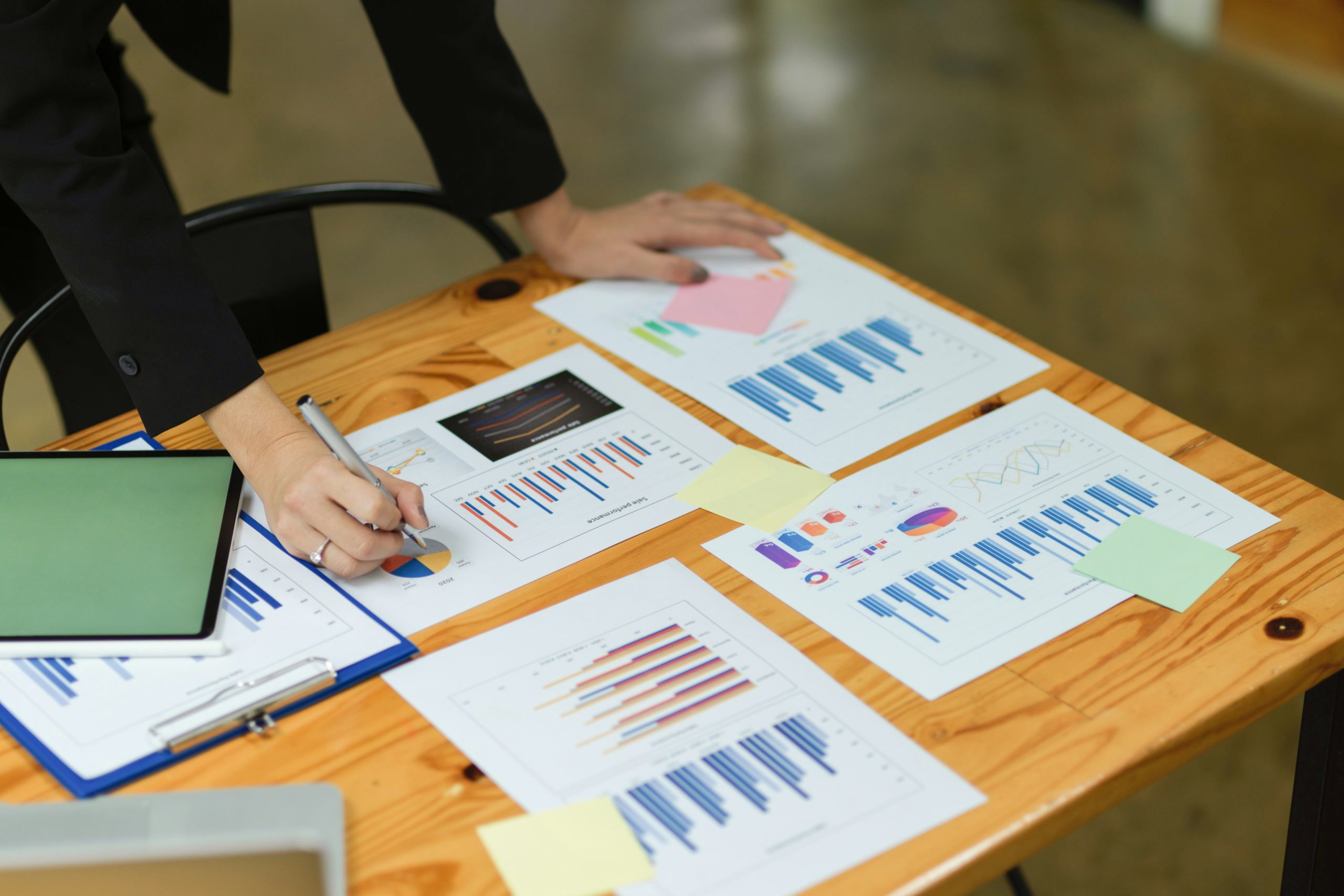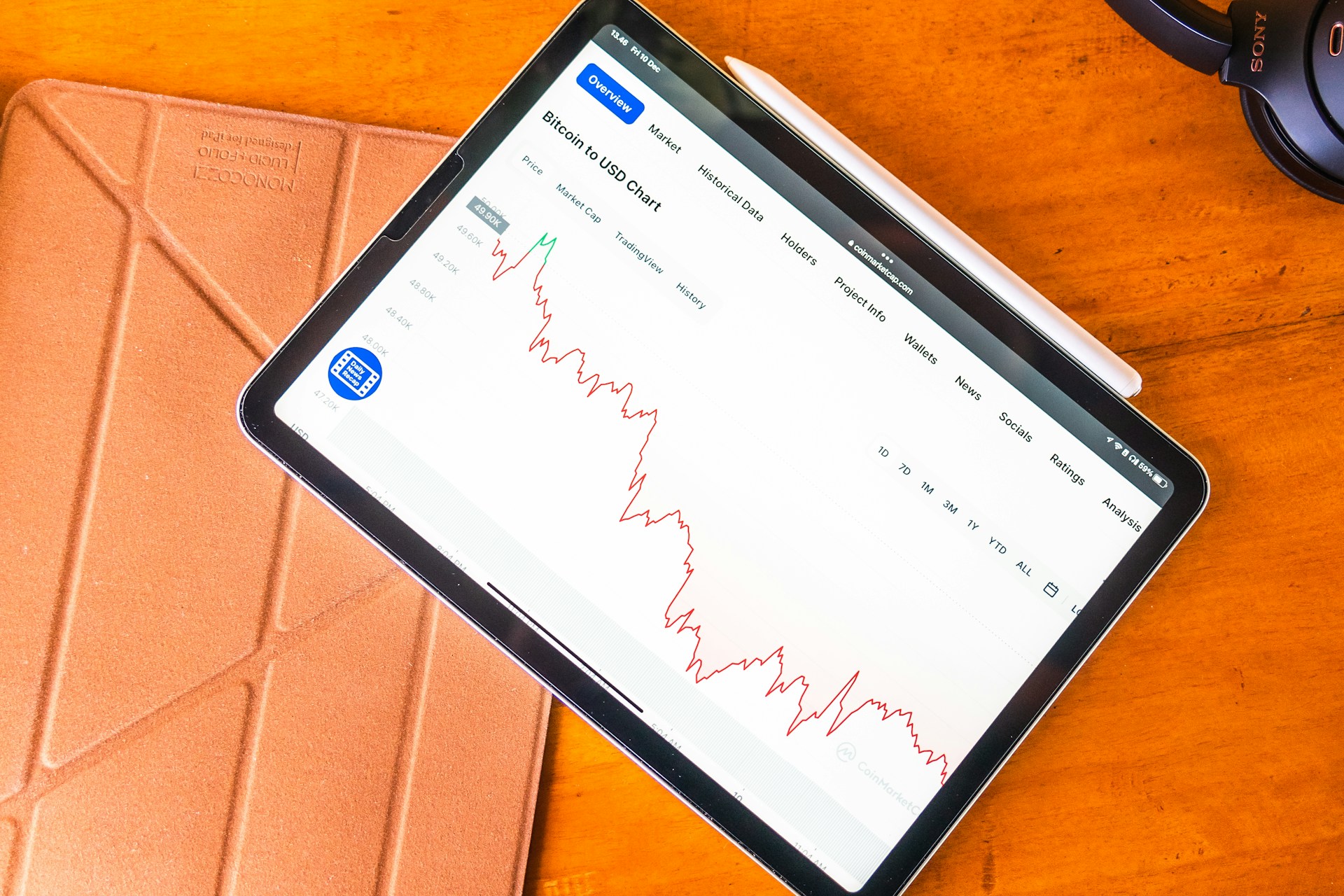When some company data reports are already automated… but many others are not.
Automating business intelligence (BI) reports is an essential step toward improving decision-making efficiency, reducing manual workload, and ensuring data consistency. In many organizations, reporting environments are fragmented. Some reports are automated, while others remain manually generated. This disparity can lead to inefficiencies, inconsistencies, and bottlenecks in business operations.
When a client tasks Dieseinerdata to automate company reports with a mixed bag of reporting, strategic approach is necessary. Here, we outline a step-by-step method on how to automate data reports; how to assess, prioritize, and implement automation in such an environment.
more





